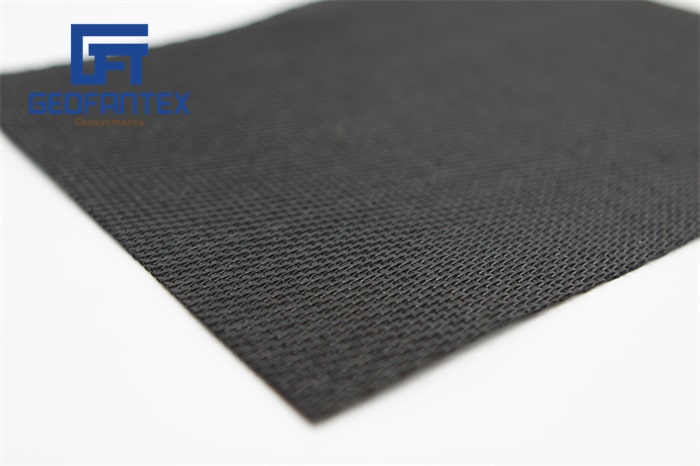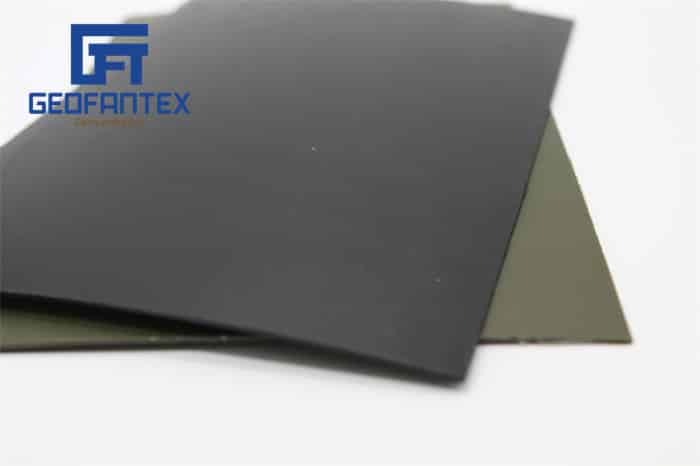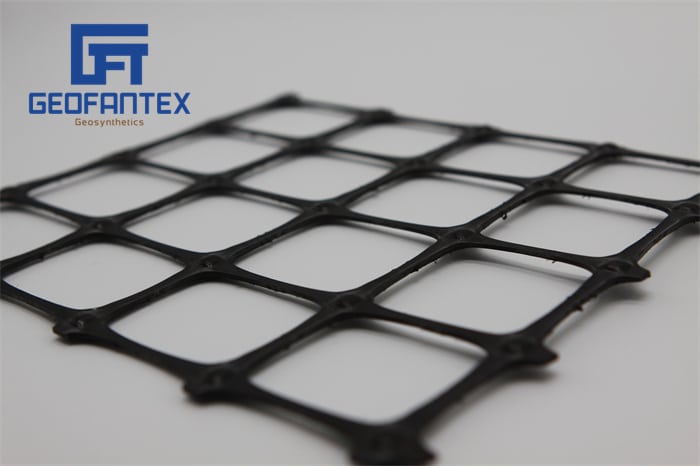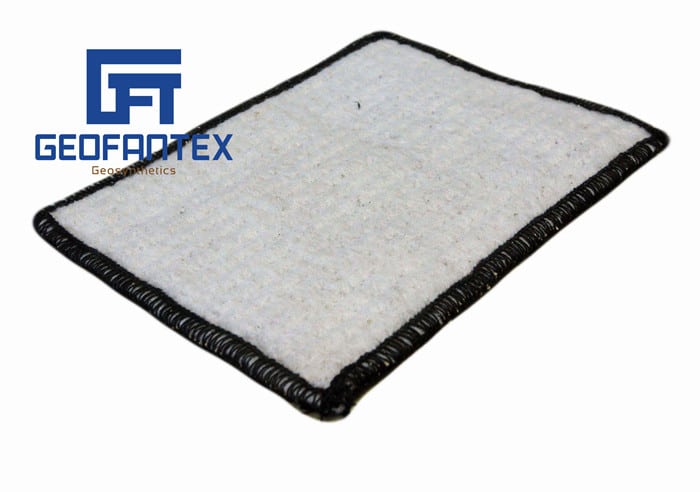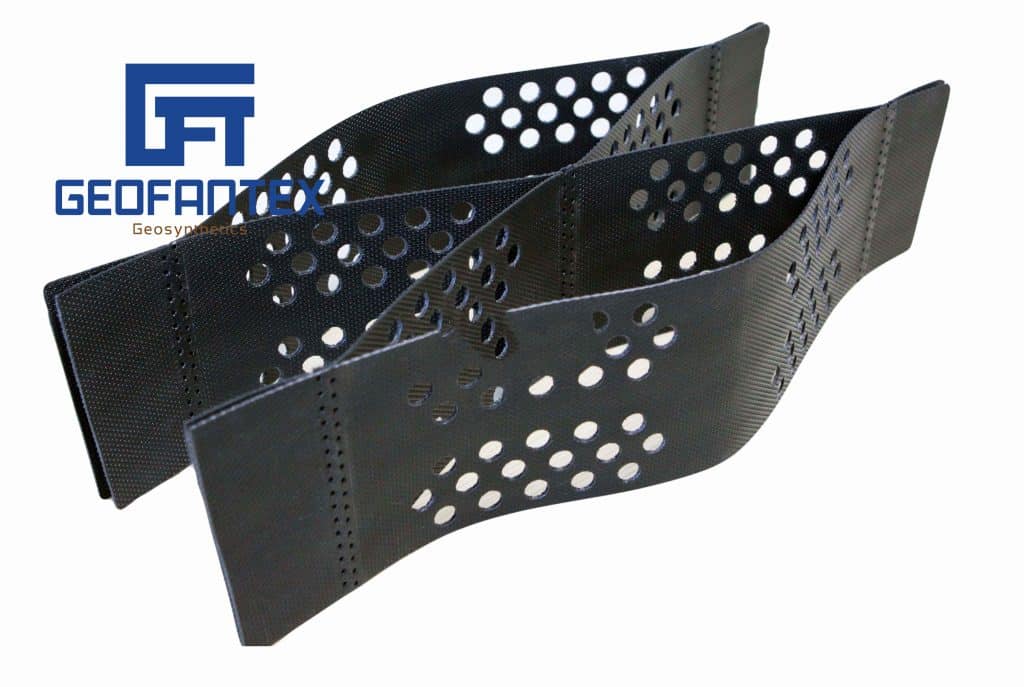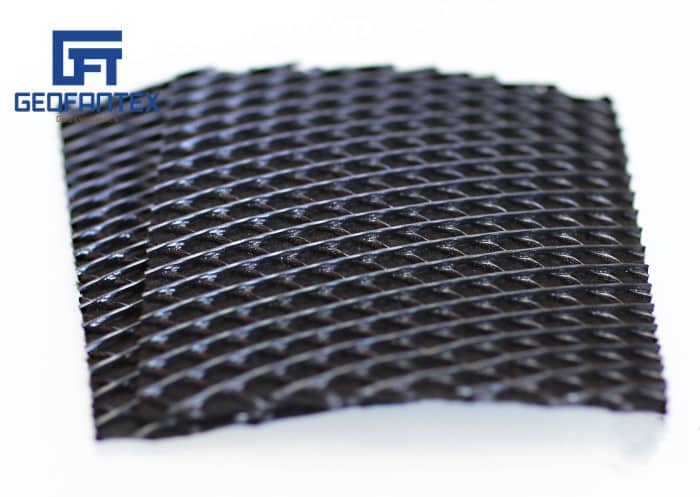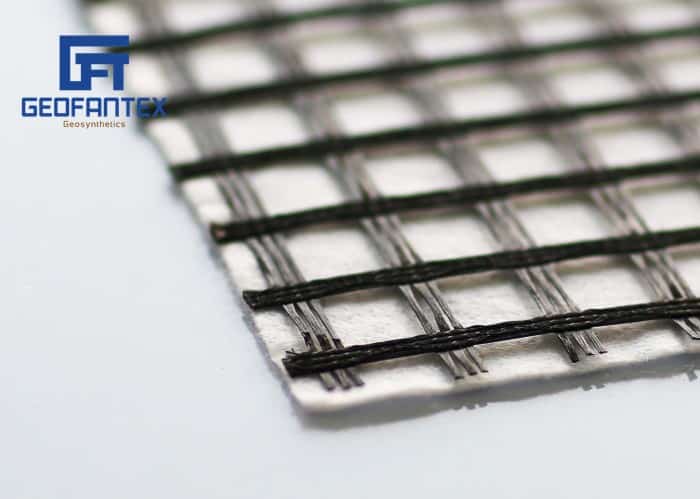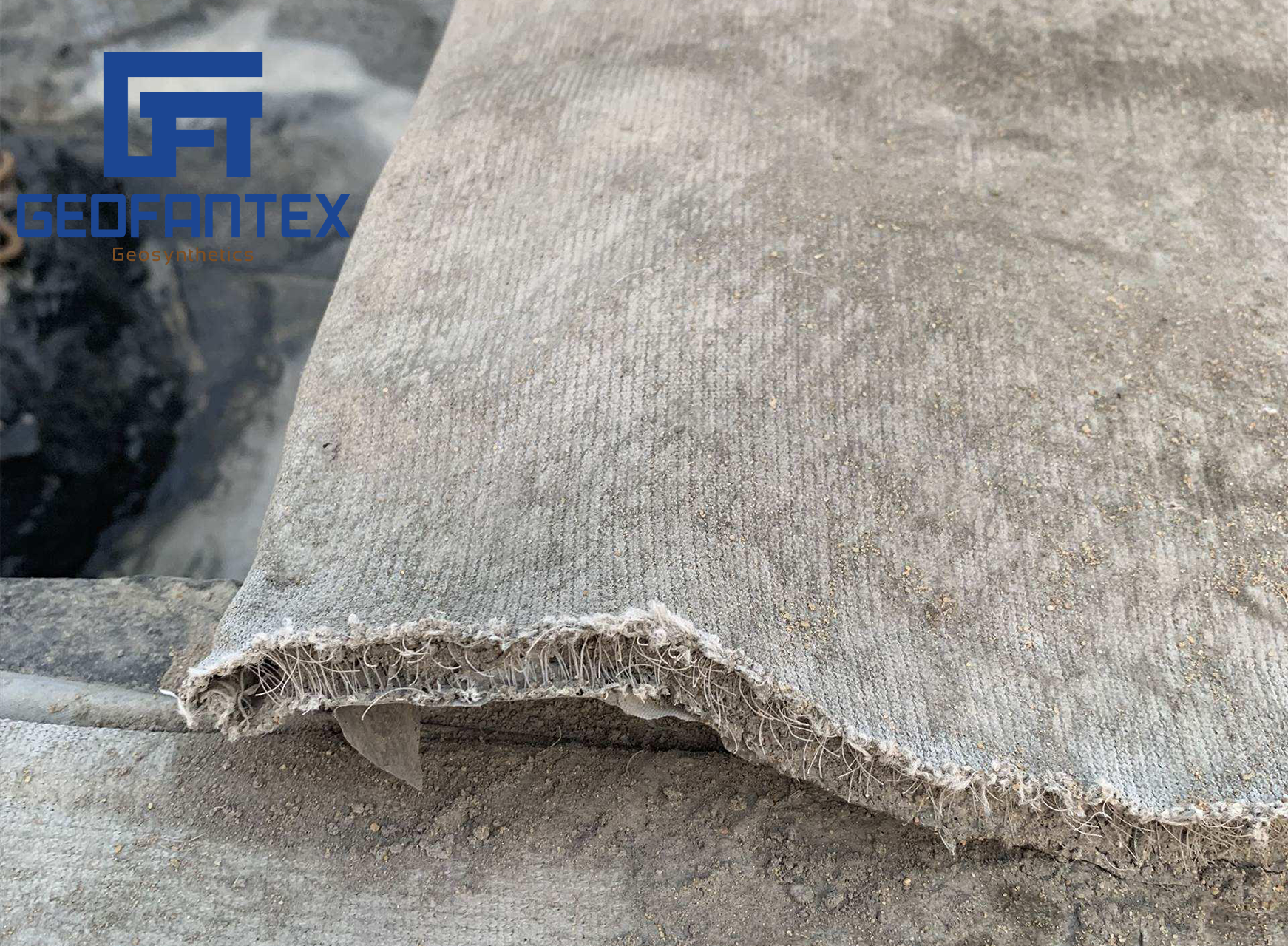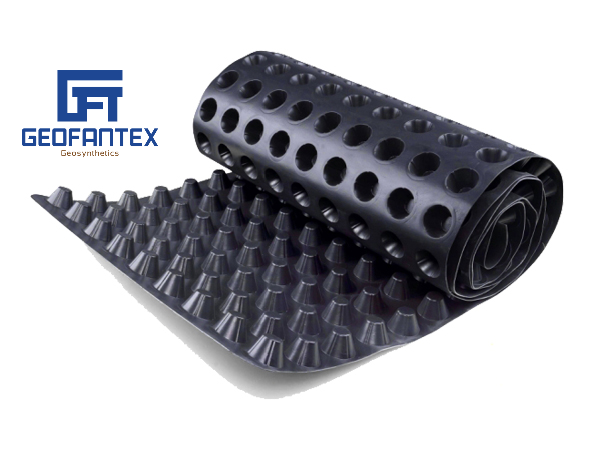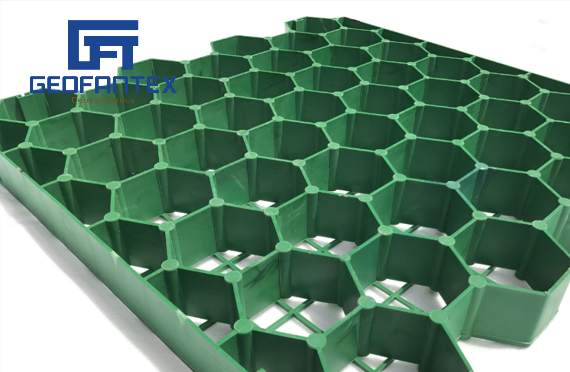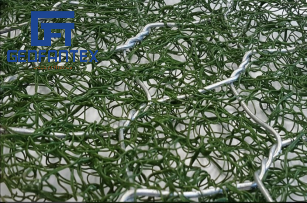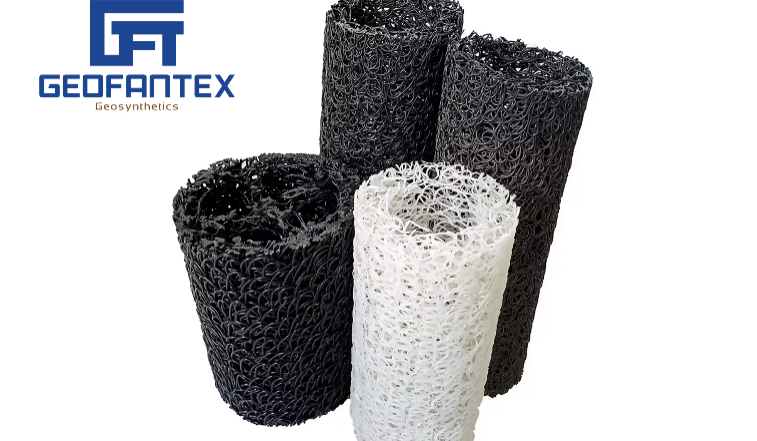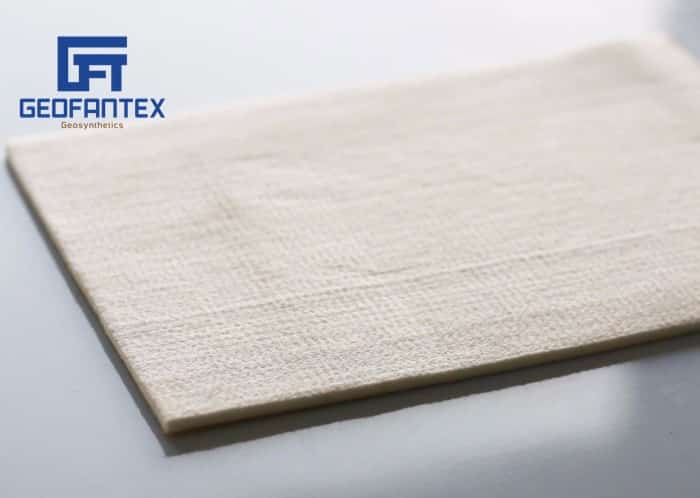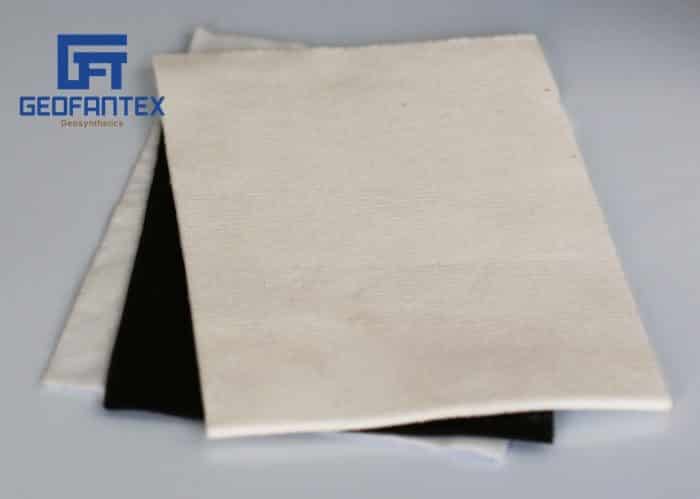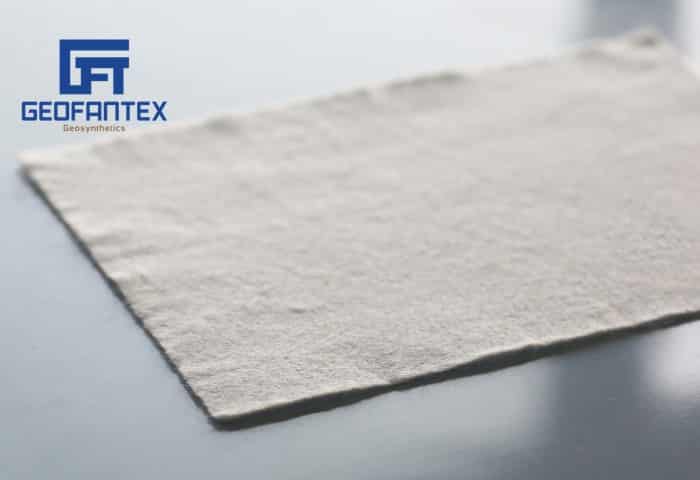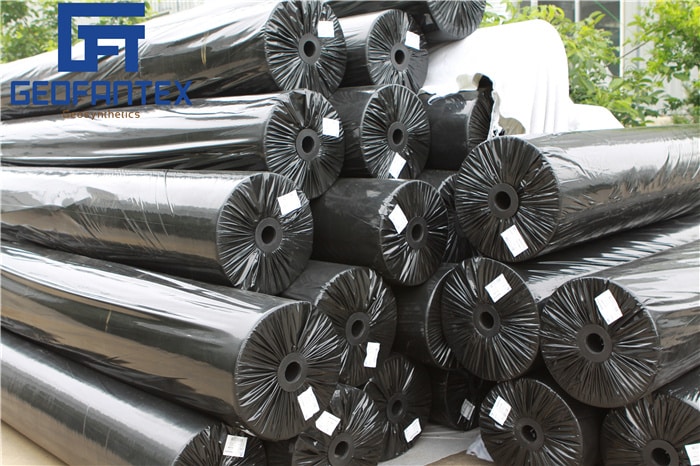+86-159 9860 6917
info@geofantex.com
geofantex@gmail.com
+86-400-8266163-44899
In the world of geosynthetics, HDPE geonet plays a crucial role in enhancing the performance of various infrastructure projects. Whether you are dealing with drainage, reinforcement, or filtration, understanding how HDPE geonet works can solve many challenges in construction and civil engineering. In this article, we’ll address some frequently asked questions to help you better understand its applications and benefits.
What is HDPE Geonet, and how is it used in Geosynthetic Applications?
HDPE Geonet (High-Density Polyethylene Geonet) is a synthetic, three-dimensional polymer product made from HDPE resin. It features a net-like structure, often in a triplanar or biplanar form, designed to provide high drainage capacity. Its unique grid pattern allows for the efficient flow of fluids, particularly water, making it ideal for drainage applications in civil engineering and environmental projects.
Uses in Geosynthetic Applications:
- Drainage Systems: HDPE geonets are commonly used in landfill liners, retaining walls, tunnels, and roads to facilitate lateral water drainage and prevent hydrostatic pressure buildup.
- Landfills: Installed between geomembranes and soil to act as a leachate collection layer, allowing liquids to flow to collection points while protecting the liner system.
- Road and Pavement Construction: Used beneath roads or airfields to drain water away from the subgrade, enhancing soil stability and extending the life of the pavement.
- Green Roof Systems: Serves as a lightweight drainage layer that supports vegetation while efficiently managing excess water.
- Geocomposite Products: HDPE geonets are often combined with nonwoven geotextiles to create geocomposite drains, improving both filtration and drainage in one system.
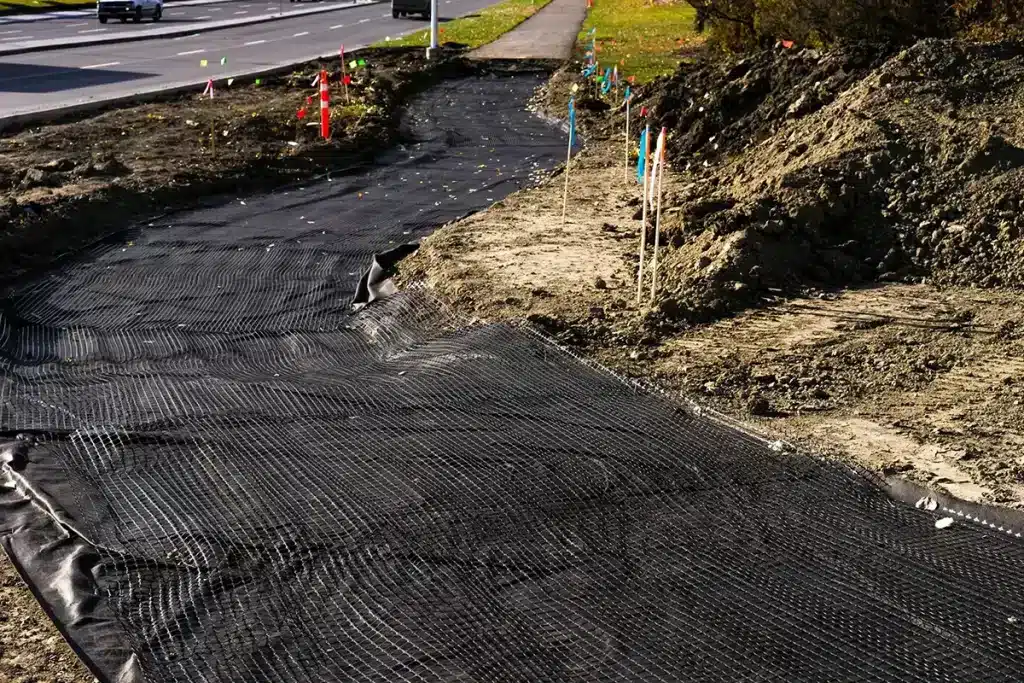
Why Should I Choose HDPE Geonet for My Project?
Choosing HDPE geonet offers several advantages, including its durability, cost-effectiveness, and ease of installation. It is resistant to harsh environmental conditions like UV radiation and chemicals, ensuring a long lifespan in applications such as landfills and drainage systems. The material’s high tensile strength makes it an excellent choice for reinforcement in soil stabilization projects. Additionally, its flexibility ensures it adapts well to various surface contours, reducing the need for complex designs.
What Problems Can HDPE Geonet Solve in Geotechnical Projects?
One of the main problems HDPE geonet solves is inadequate drainage at construction sites. Without proper drainage, excess water can weaken soil structure, leading to erosion, landslides, or other issues. By using HDPE geonet in drainage systems, engineers can significantly reduce the risk of water accumulation and improve the performance of roads, pavements, and other structures. It also aids in reinforcing weak soils and provides a stable foundation for further construction.
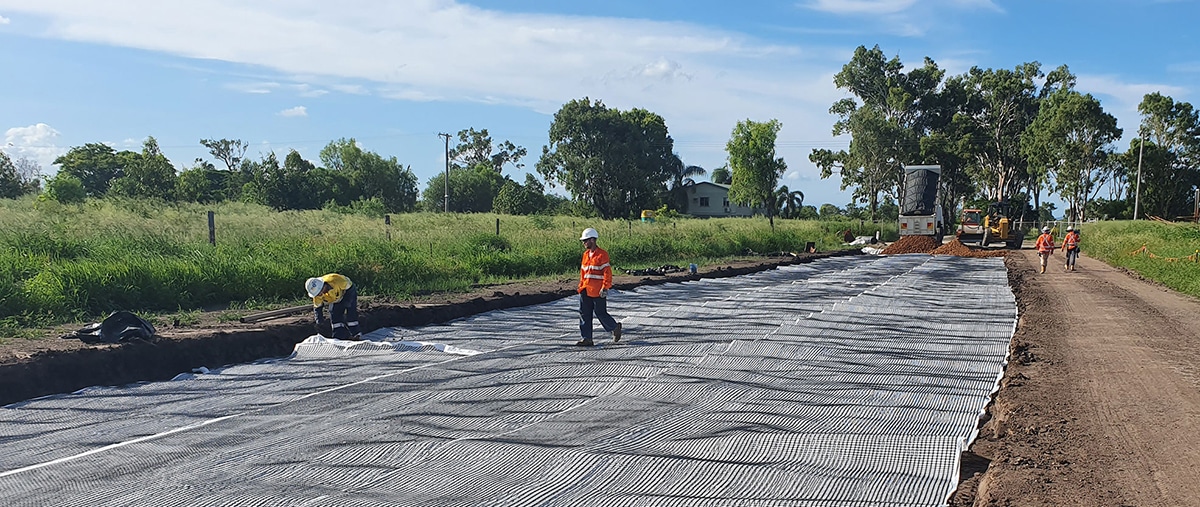
How Can HDPE Geonet Contribute to Sustainability in Geotechnical Engineering?
Sustainability is becoming increasingly important in construction and civil engineering. HDPE geonet contributes to sustainability by offering a long-lasting, reusable solution that reduces the need for more costly and resource-intensive alternatives. Its recyclability and minimal environmental impact make it a sustainable choice for projects aimed at reducing their carbon footprint. Additionally, the effective drainage and filtration properties of HDPE geonet help maintain the integrity of natural ecosystems by preventing soil erosion and water contamination.
By addressing these questions and exploring the many uses of HDPE geonet, it’s clear that this geosynthetic material provides significant solutions for modern engineering challenges. Whether you’re involved in large-scale infrastructure projects or small land stabilization tasks, HDPE geonet can be the key to improving both performance and sustainability.
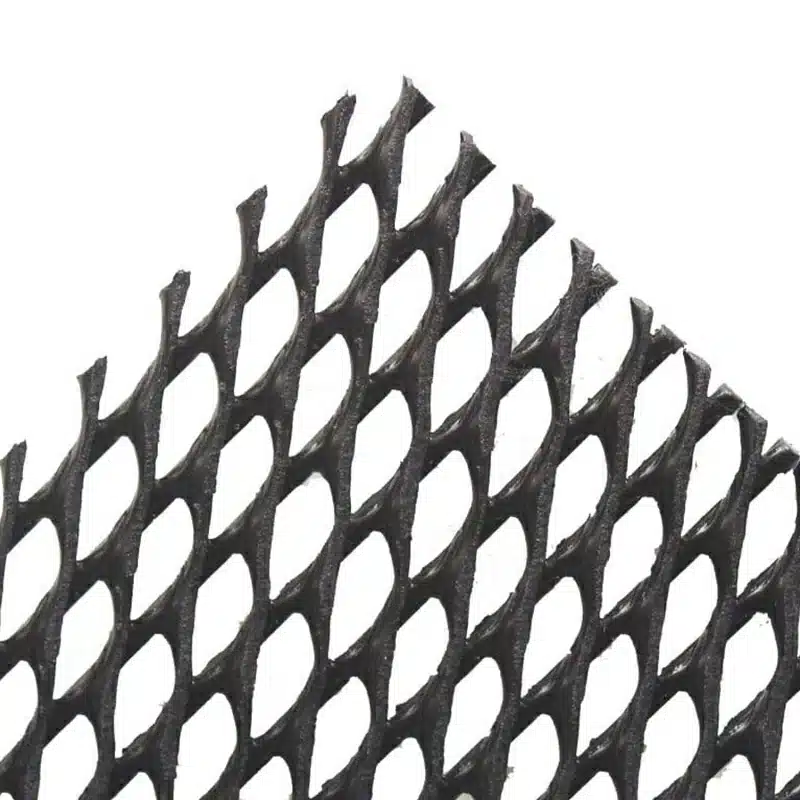
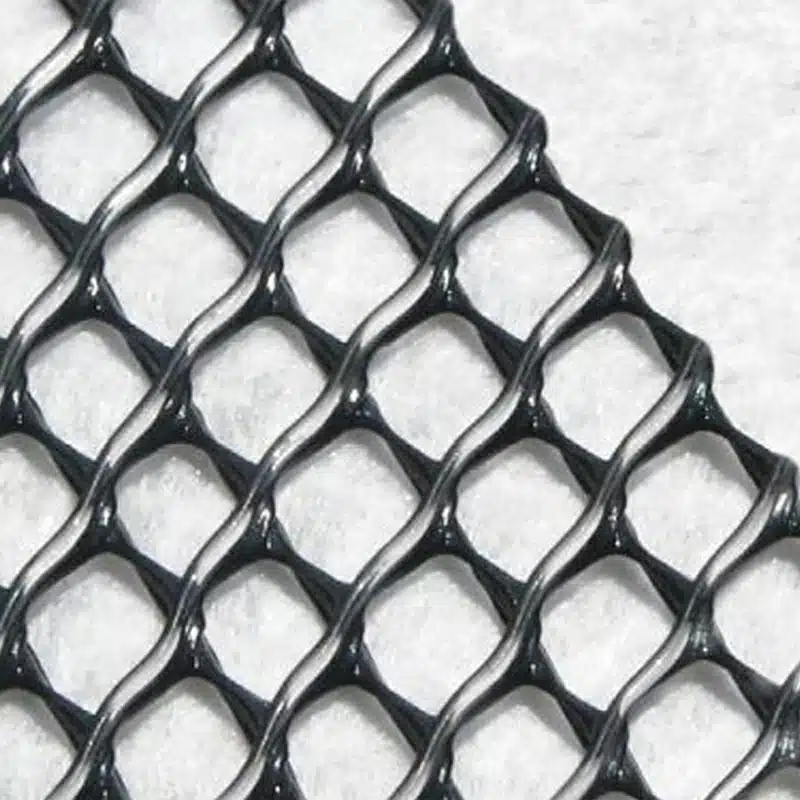

Get Free Sample
We’ll respond as soon as possible(within 12 hours)


